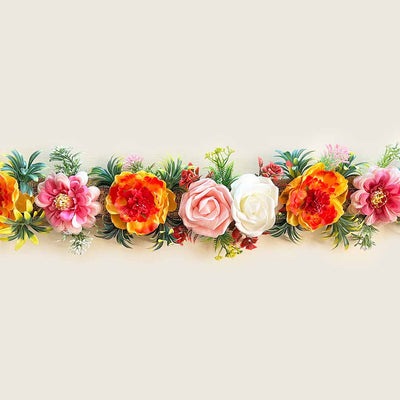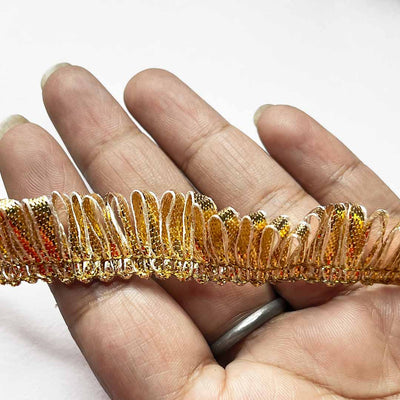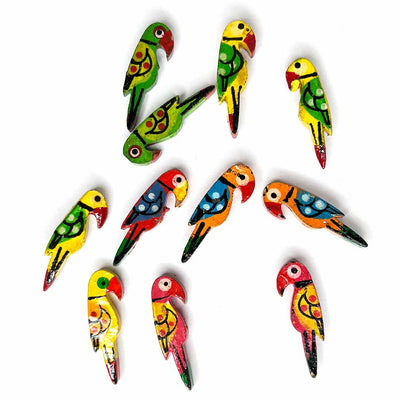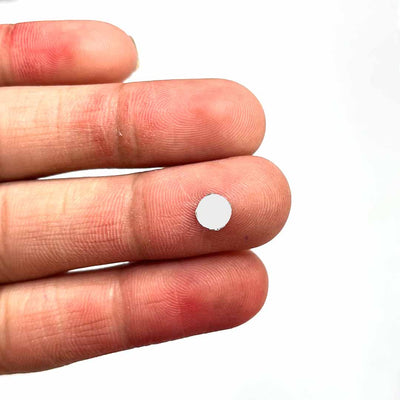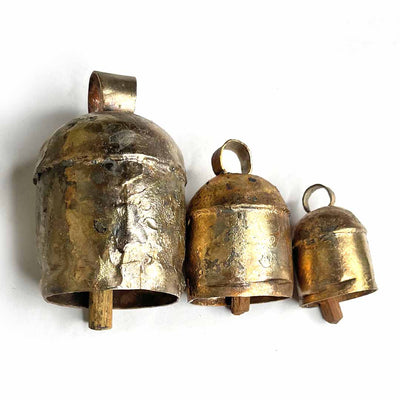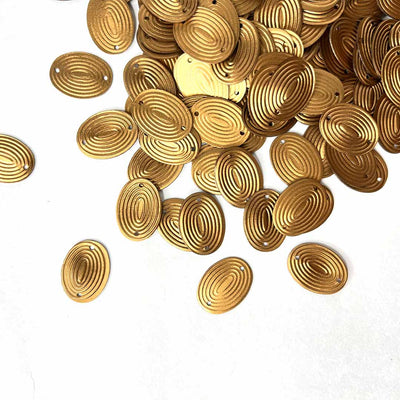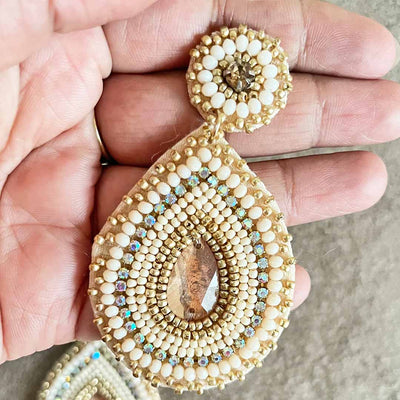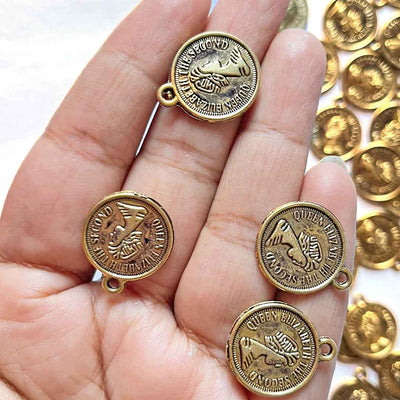Story Of Madhubani Paintings
Art connects our roots to our cultural heritage which is rich in traditions. Madhubani art is one such traditional art form, which originated from Indian mythology. Madhubani art or paintings are also called Mithila art or paintings. This form of wall uses natural plants for colours, bamboo sticks as brushes, and cow dung to treat the papers.
Origin
Madhubani paintings are believed to date back to the era of Raja Janak, the ruler of Mithila region. He requested the wedding of his daughter Sita and Shri Ram to be captured in a painting. This finally came to be known as Madhubani art.
The Madhubani or the Mithila art was predominantly the skill set of women. It was later picked up by men also. Women made paintings on walls and floors of mud houses.
Main Themes Of Madhubani Wall Art Decor
Religion
The mythological stories and figures like Radha Krishna, Shiva, Saraswati are common subjects in this art form.
Social
The Madhubani art displays scenes from common social life like children playing, the Royal Court gatherings, harvest, wedding ceremonies, messages of love and fertility, etc.
Nature
The beauty of nature is drawn in the form of plants, flowers, the sacred Tulsi and Banyan tree. The abundant life is shown through birds, animals ,the sun and the moon.
Evolution Of Madhubani Art
The Madhubani art, which was earlier done only on the walls of houses, is now even done on paper and cloth. It has indeed evolved over a period of time. The Madhubani artists prepare the colours from the juice of flowers and leaves. The brushes are made from bamboo sticks.
Process
It takes a lot of aspects to bring out the final product of madhubani art. The process includes the following:
- The paper gets treated first with cow dung. Why? This happens so that the natural colour of the pigments can be preserved.
- The cow dung is mixed with water and charcoal to give black outline to the figures using the bamboo stick.
- The colours are made using natural products like turmeric for yellow colour, rice for white, and bougainvillea for pink.
To Conclude
There is generally no space left in the Madhubani art painting. The flowers, plants, animals, and geometric figures are filled in the spaces at present. With the modernisation and new culture thriving, the Madhubani art form is also slowly disappearing.
It is very necessary for all of us to make efforts so that the art form reaches across the globe. And, that’s exactly what we do at Adikala. This way the artisans can get recognition. These paintings can be shipped across the country and the world after they are safely and professionally packed.





